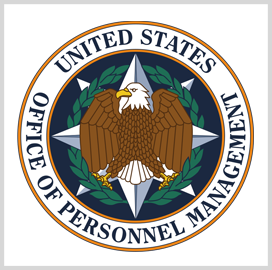The Office of Personnel Management is soliciting public feedback on proposed business capabilities, service metrics and standard data elements related to human capital talent acquisition, compensation and benefits, employee performance management and separation and retirement.
OPM will use the insights to inform the development of the final business standards aimed at standardizing human capital management across the federal government, according to a Federal Register notice published Monday.
“The business standards will be used as the foundation for common mission support services shared by federal agencies,” the notice reads.
The agency wants the public to share their input on suggested changes, understandability of the draft business standards and usefulness of the standards to agencies and industry.
Comments are due Feb. 8.





